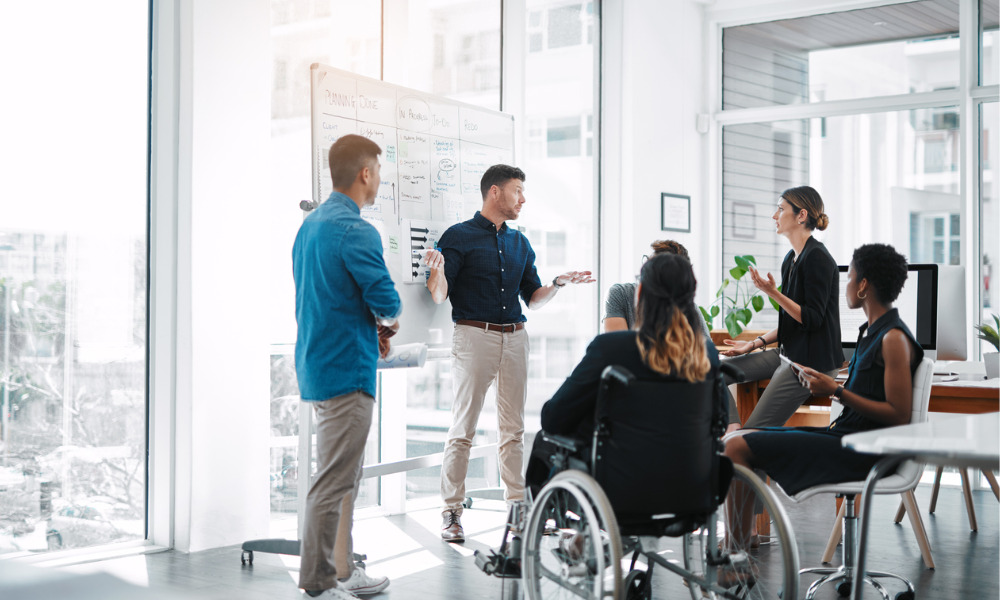Accessibility in public spaces is essential for people with disabilities to have equal access to essential services and facilities. Public spaces include parks, buildings, transportation, and other areas that are open to the public. It is the responsibility of governments, businesses, and organizations to ensure that these spaces are accessible for people with disabilities.
Why Accessibility is Important
Accessibility is important because it allows individuals with disabilities to participate in society and have equal opportunities. Without accessibility, people with disabilities may face barriers that prevent them from accessing essential services and participating in activities that are necessary for their daily lives. For example, individuals who use wheelchairs may not be able to enter buildings that are not wheelchair accessible, limiting their opportunities for employment, education, and social activities.
Accessibility also benefits everyone, not just people with disabilities. For example, curb cuts and ramps designed for wheelchair users can also benefit parents with strollers or people with luggage. Accessibility also promotes safety for everyone, as emergency exits and signage need to be accessible to people with disabilities.
The Benefits of Accessibility

When public spaces are accessible, people with disabilities can participate in society and have equal access to essential services and facilities. This can lead to increased independence, self-esteem, and a better quality of life. It also allows people with disabilities to contribute to society by working, volunteering, and participating in community activities.
Accessibility can also benefit businesses and organizations. When public spaces are accessible, they can reach a broader market, including people with disabilities. This can lead to increased revenue and customer loyalty. Accessibility can also reduce liability and legal risks associated with discrimination lawsuits.
How to Make Public Spaces Accessible
There are several ways to make public spaces accessible for people with disabilities. Some of the most common solutions include:
- Installing ramps, curb cuts, and elevators
- Providing accessible parking spaces
- Installing accessible signage and emergency exits
- Providing accessible restrooms
- Installing braille signage and audio cues for individuals with visual impairments
- Providing accessible seating and tables
It is important to consult with individuals with disabilities to ensure that the solutions are effective and meet their needs. It is also important to regularly review and update accessibility features to ensure they are functioning properly and meeting the needs of people with disabilities.
Accessibility in public spaces is essential for individuals with disabilities to participate in society and have equal access to essential services and facilities. It is the responsibility of governments, businesses, and organizations to ensure that public spaces are accessible. When public spaces are accessible, it benefits everyone, not just people with disabilities. By making public spaces accessible, we can create a more inclusive society that values diversity and promotes equal opportunities for all.






